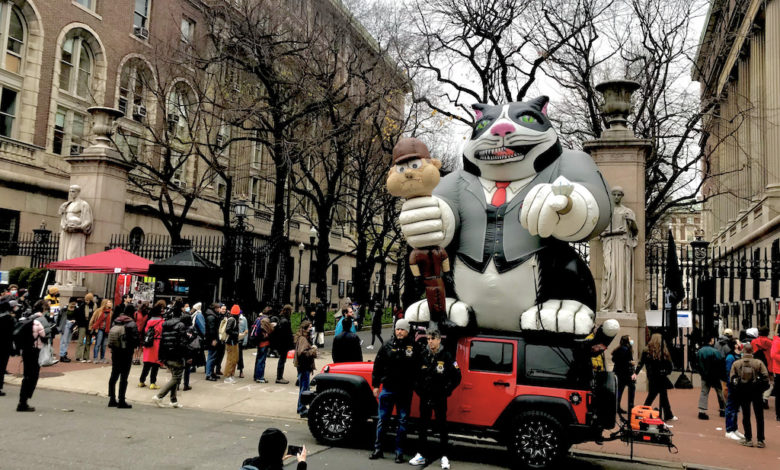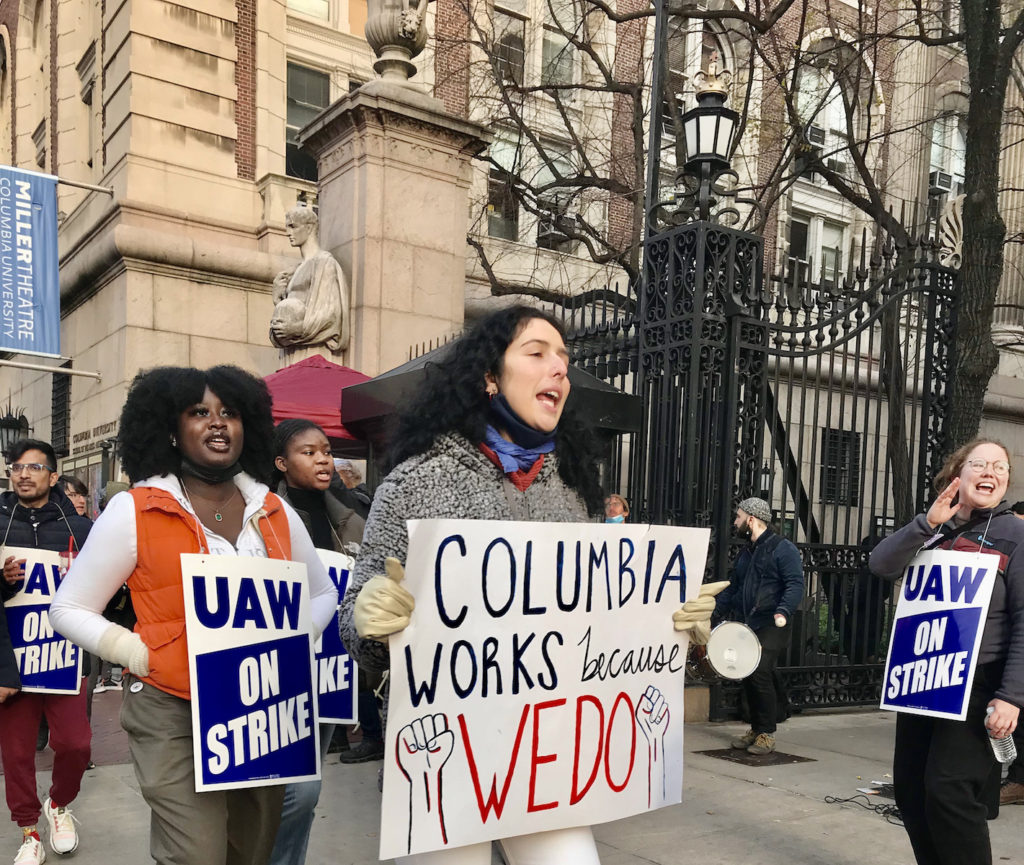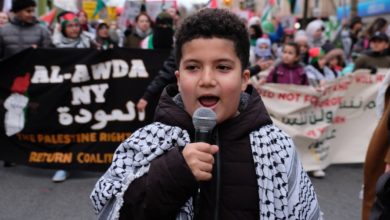
On Dec. 8, Columbia University student workers mobilized to shut down the main entrances of Columbia University’s Morningside campus in New York City. On the picket line, voices grew hoarse from chants crafted by strikers, such as “From 116th to 168th, we’re gonna keep our worker’s safe! From 168th to 116th, all our workers we have teeth!” The numbers are the streets where Columbia’s two main campuses are located.
In addition to fighting for dental and vision coverage, student workers, part of Student Workers of Columbia (UAW Local 2110), are fearlessly fighting threats and misinformation from Columbia University’s administration.
The recent escalation in tactics from a picket line in the middle of campus to a picket line peacefully blocking multiple entrances into the University comes in response to illegal threats by Columbia. The administration sent an email on Dec. 2, stating that “striking student officers who return to work after December 10, 2021 will be appointed/assigned to suitable positions if available.” This implies that those who continue to strike past Dec. 10 may lose their jobs. The union has filed two unfair labor practice charges with the National Labor Relations Board, which if ruled in the union’s favor, would make the University’s threat to replace strikers illegal.
Student workers are striking for basic workers’ protection such as union recognition, neutral third-party arbitration, dental and vision insurance and better pay to support workers and their families. Sarah Leonard, a Ph.D. student worker at the Columbia School of Nursing, described her personal labor struggle, and how organizing has impacted her directly.
“Previously the school of nursing [student workers were] making $25,000 a year on 12-month appointments. And that was just all we could make…thanks to union organizing back in the spring, we actually got raises to be similar to a lot of the other departments…that’s a really key part of what we’re hoping for in the union, because these predominantly women-dominated fields are clearly making a lot less money than a lot of other fields.”
Columbia student workers were not the only ones on the picket line. Other labor unions and local Harlem community members showed up in solidarity. Harlemite Nina Crawford, an anti-gentrification organizer with United Front Against Displacement, articulated how local residents and student workers are both fighting against the same class enemy. “It all goes hand in hand because Columbia is very greedy, and they’re gentrifying, and they wanna displace people, and we need public housing.”
Crawford and United Front Against Displacement are waging a struggle against landlord C&C Management, which seeks to privatize NYCHA public housing developments. Columbia is one of the largest landlords in New York City, and has received pushback for gentrifying Harlem.
Other notable figures on the picket line included a ten-foot-tall inflated “fat cat” brought by Teamsters Local 804. The Teamsters have halted deliveries to the University during the strike.
Josh Pomeranz, Director of Operations at Local 804, said of the significance of the strike, “I think that we’re in a special time right now, where people who might not have seen themselves as workers in the past are starting to realize who they are and what it means to stand together.”
Other unions, the Professional Staff Congress of the City University of New York (PSC-CUNY) and District Council 37, also picketed in solidarity.
Columbia’s response since the Dec. 8 picket has been to spread misinformation. The administration sent a campus-wide email claiming that the picket “included instances of physical harassment against faculty, students and staff.” As Student Workers of Columbia was quick to point out, news outlets that reported on the strike, including the New York Times, did not report any incidents of violence. Picket captains specifically instructed picketers to refrain from physical or even verbal confrontation.
The author, who attended the Dec. 8 picket from 10:30 a.m. to 4:30 p.m., did not see any violence on the part of the picketers. There were several instances of violence against picketers, however, including forcibly breaking handholds around entrances, shoving, grabbing, and spitting. Many picketers were women, including young women undergraduates who attended in solidarity.
Despite the false allegations, Columbia student workers continue to struggle, and like all workers throughout the country, are beginning to realize the strategic role they play. “Columbia works because we do,” read one picket line sign.







